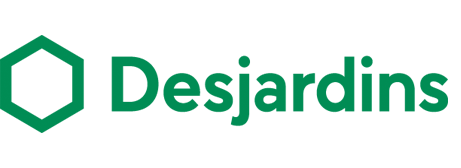
4 ways of breaking into the international marketplace
How-to

Once you've selected your target market, analyze how you can break into it and identify your best options before you make your move. Here are some basics:
• Learn about business practices in your export market and the value chain favoured by your potential foreign customers.
• Get advice on the major legal and tax aspects of the export market.
• Identify any cultural barriers and local perceptions of your product or service.
• Estimate your resources, especially the financial resources you can use to develop and supply your target market.
• Evaluate the overall strengths and weaknesses of your business and its product or service compared with the export market.
• Anticipate customer needs every step of the sales cycle.
4 WAYS TO BREAK INTO THE MARKET
Whether you decide to maintain control of your sales or delegate it to another business, there are many ways you can break into a foreign market.
DIRECT APPROACH
With the direct approach, the business sells directly to foreign customers, getting hands-on assistance only from a forwarding agent or an employee dedicated to on-the-ground development. The exporter is responsible for the entire export process.
• Pros:
o Direct customer contact
o Stringent cost control
o Higher profit margin
• Cons:
o The exporter is the sole business development investor
o Longer development phase since the network has to be built
o Steep learning curve and higher risk of error
INTERESTED IN KNOWING THE THREE OTHER WAYS ?
Read the full article on Desjardins’ website


